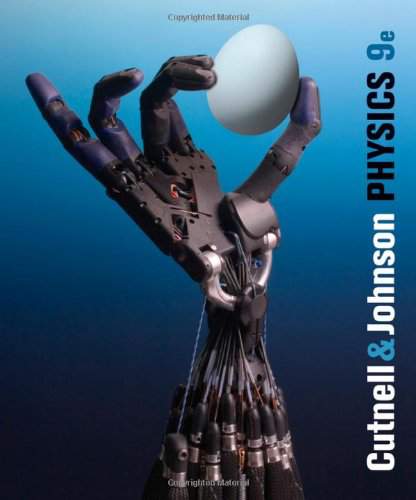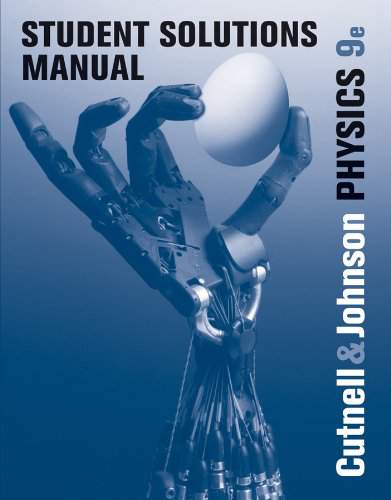Connecting...

This is a quick preview of the lesson. For full access, please Log In or Sign up.
For more information, please see full course syllabus of High School Physics
For more information, please see full course syllabus of High School Physics
High School Physics Light
Lecture Description
Like its cousin sound, light is also a wave that follows the same wave laws as sound does. Light is a bit more interesting because it is the fastest known entity in the world; should anything travel faster than light it would break and defy countless physical laws that assume light is the fastest thing in the universe. Aside from being very fast, light also has special properties like sound, which we’ll touch upon in this video. With this, we’ve concluded another topic in physics, and will move on to the next big one.
Bookmark & Share
Embed
Share this knowledge with your friends!
Copy & Paste this embed code into your website’s HTML
Please ensure that your website editor is in text mode when you paste the code.(In Wordpress, the mode button is on the top right corner.)
×
Since this lesson is not free, only the preview will appear on your website.
- - Allow users to view the embedded video in full-size.
Next Lecture
Previous Lecture















































1 answer
Thu Dec 3, 2015 10:05 PM
Post by Gurwinder Chana on December 3, 2015
You never talked about color which quite important, or you think that information is enough for me in light unit